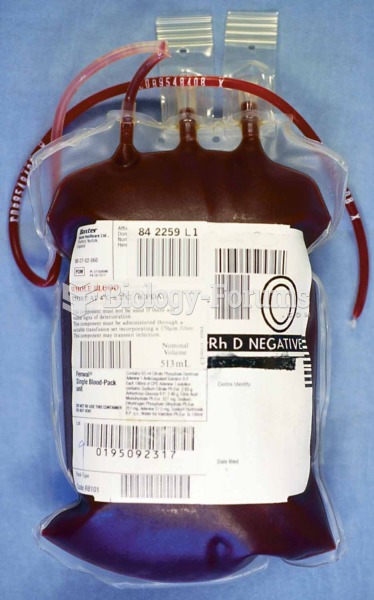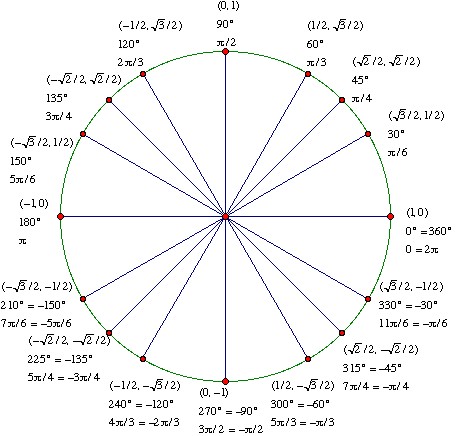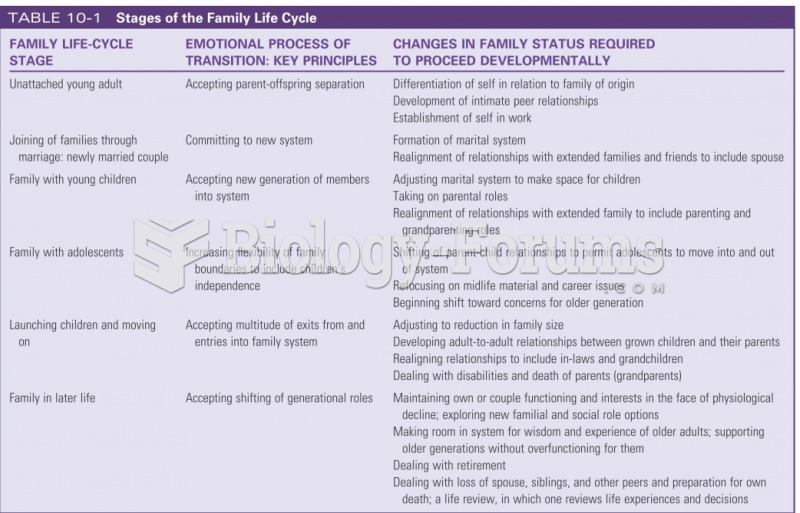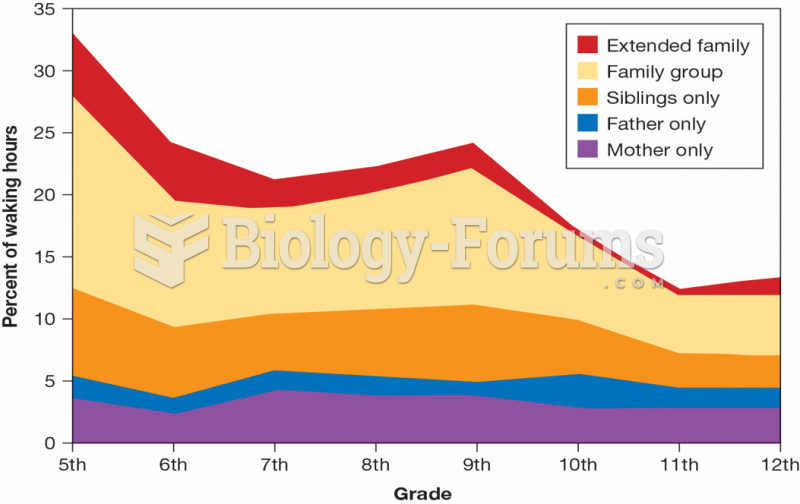Answer to Question 1
ANS: D
A dyad family is a husband and wife or other couple living alone without children. A nuclear family is a father and mother with one or more children living together. An extended family is second- and third-generation members related by blood or marriage but not living together. A single-parent family is a divorced, never married, separated, or widowed male or female and at least one child.
Answer to Question 2
ANS: A
Interventive questioning is an intervention that nurses can use with their client families to identify family strengths; help family members sort out their personal fears, concerns, and challenges in health care situations; and provide a vehicle for exploring alternative options. A genogram uses a standardized set of connections to graphically record basic information about family members and their relationships over three generations. Genograms are updated and/or revised as new information emerges. An ecomap is essentially a sociogram illustrating the shared relationships between family members and the external environment. Beginning with an individual family unit or client, the diagram extends to include significant social and community-based systems with whom they have a relationship. These data identify at a glance the family's interaction with environmental supports and its use of resources available through friends and community systems. Adding the ecomap is an important dimension of family assessment, providing awareness of community supports that are, or are not, being used to assist families. Offering commendations is the practice of noticing, drawing forth, and highlighting previously unobserved, forgotten, or unspoken family strengths, competencies, or resources.







